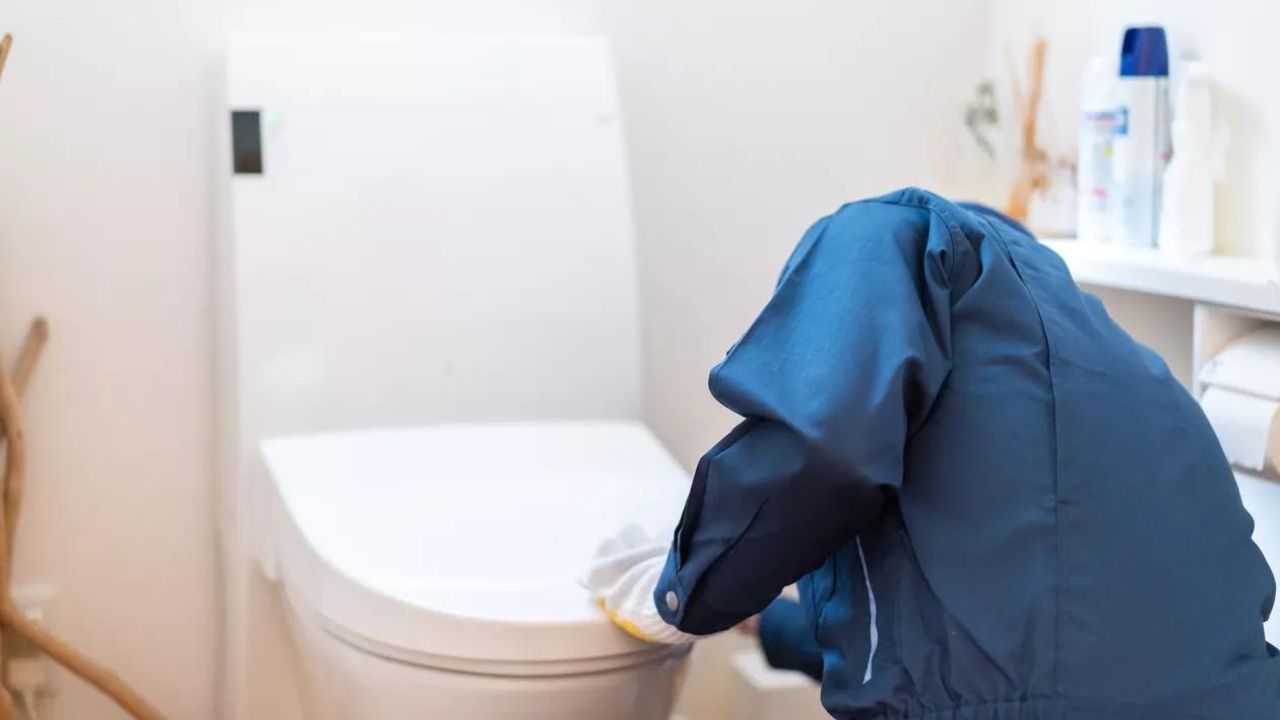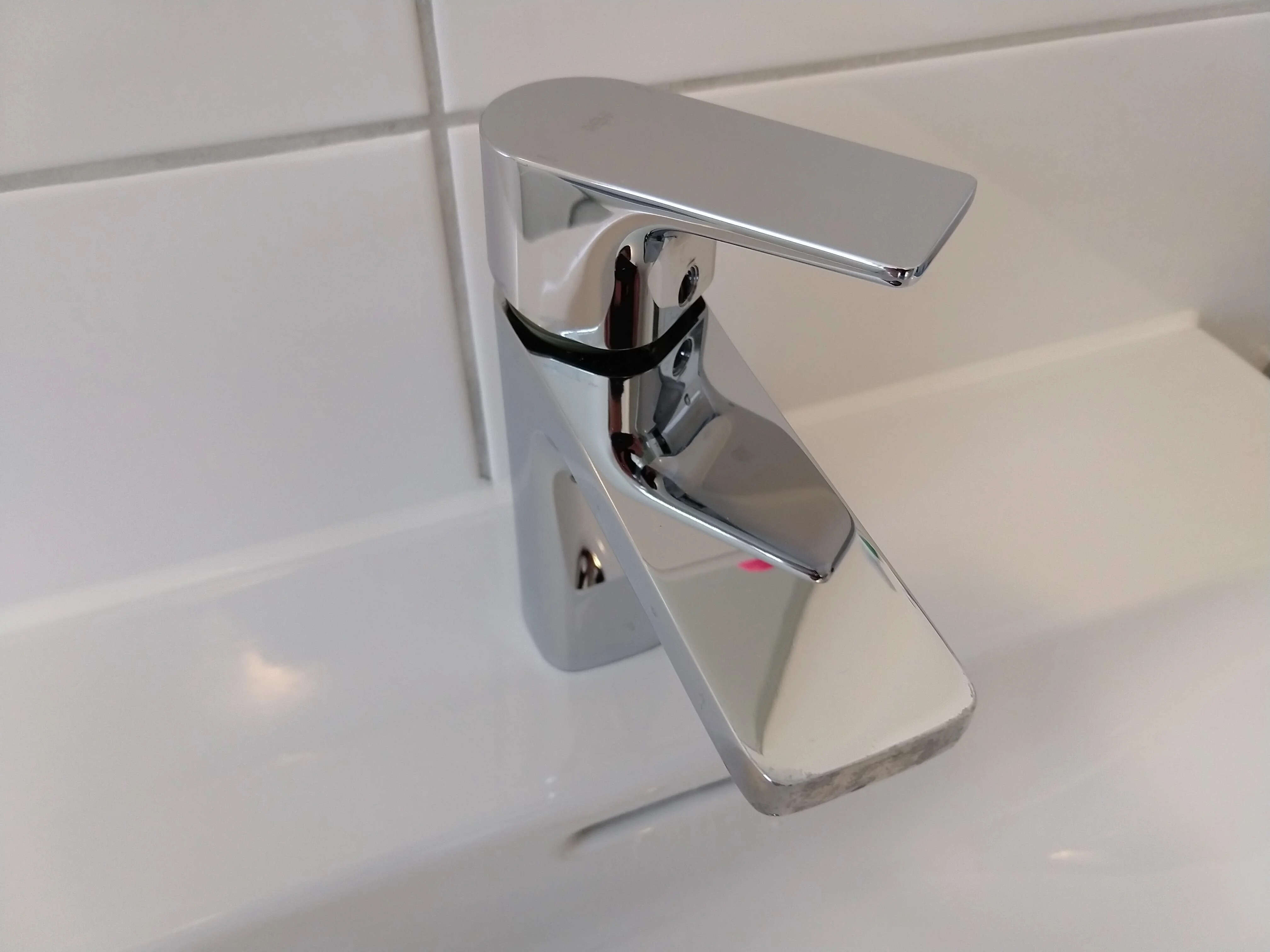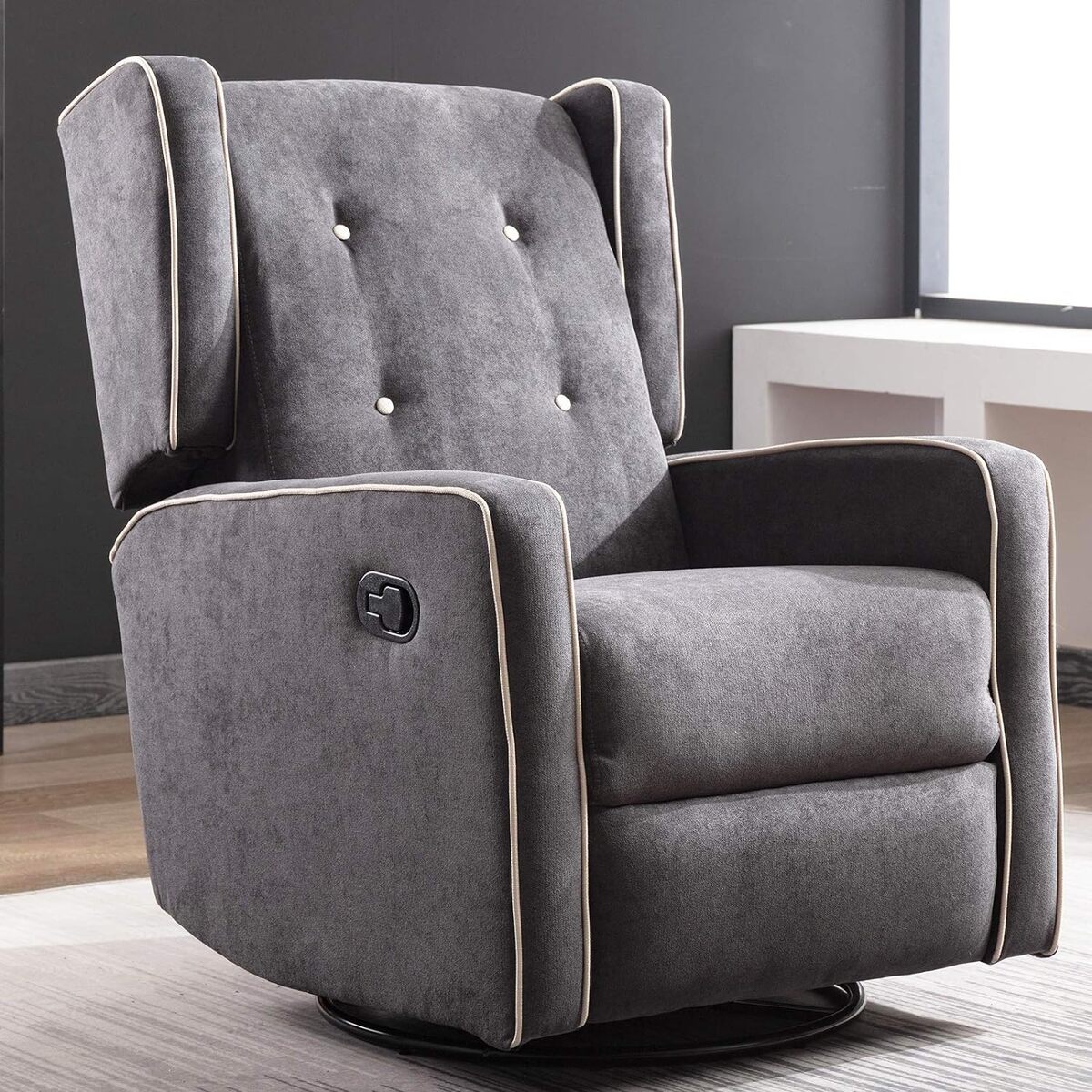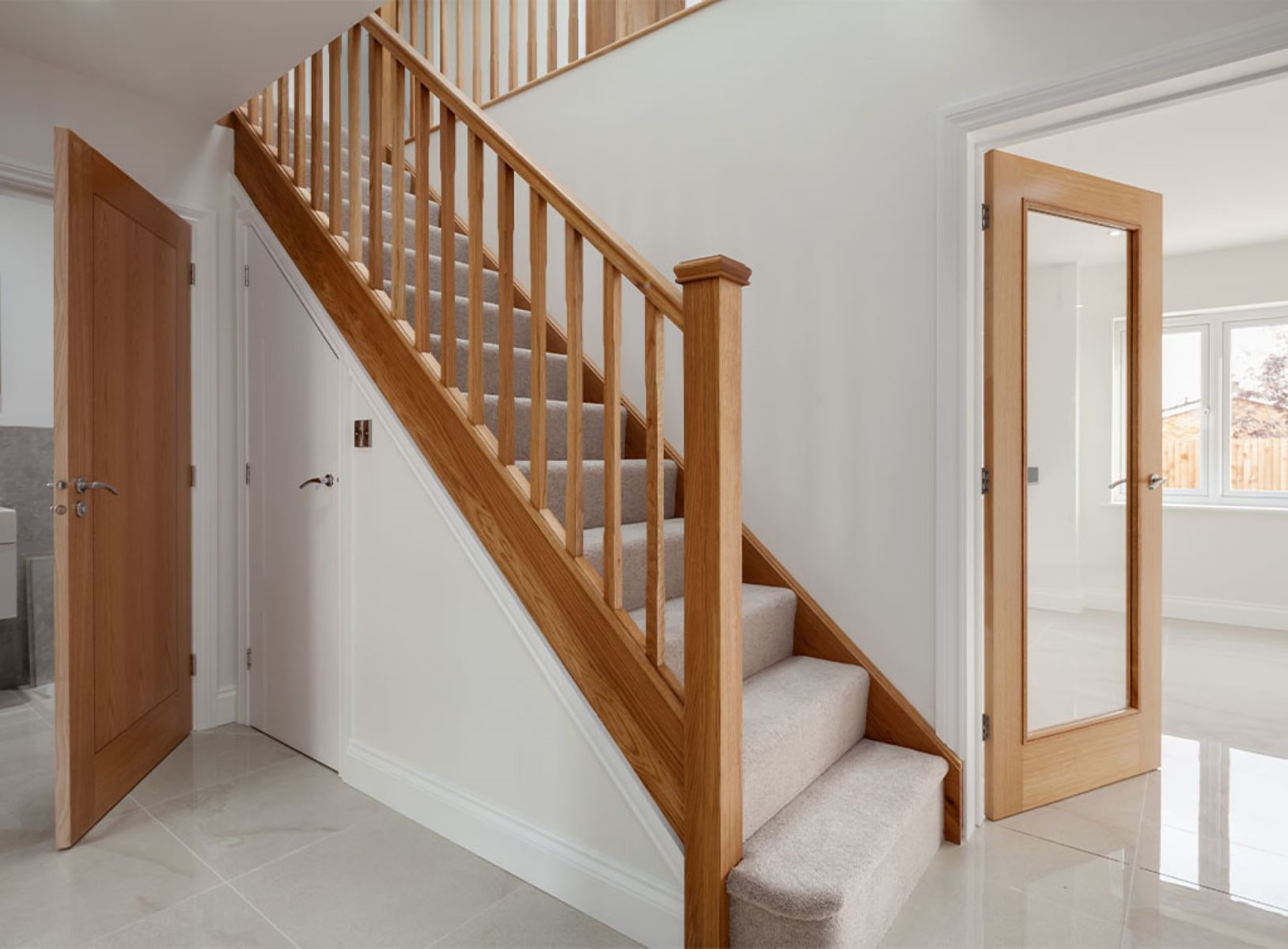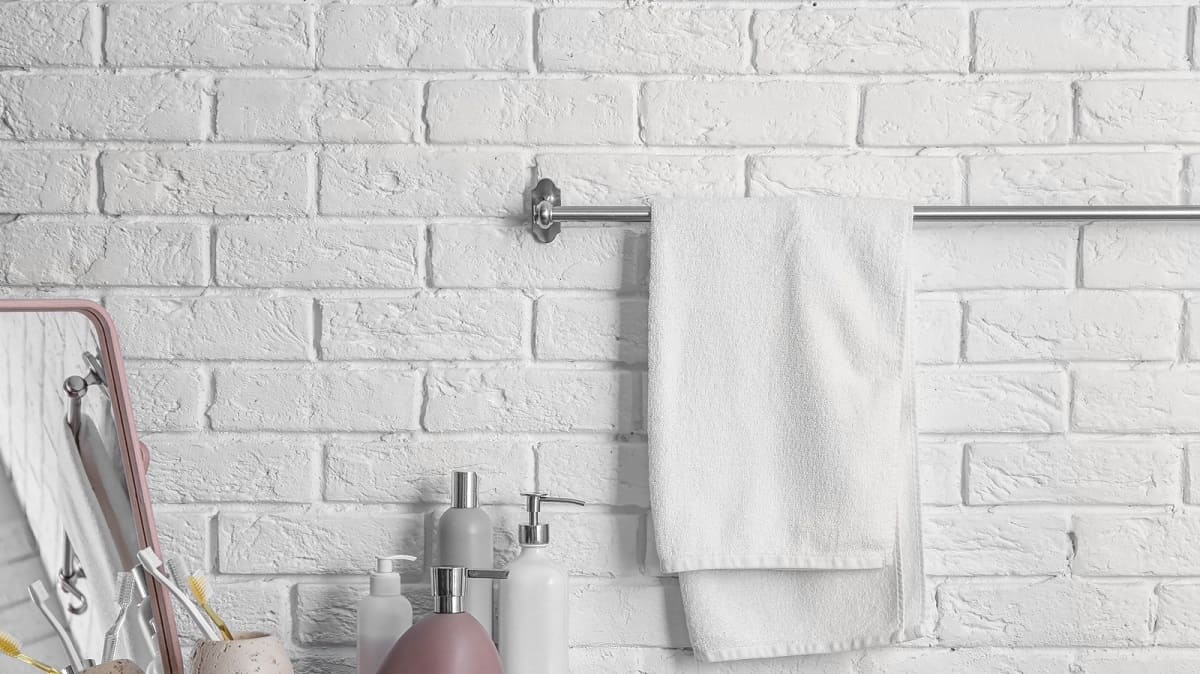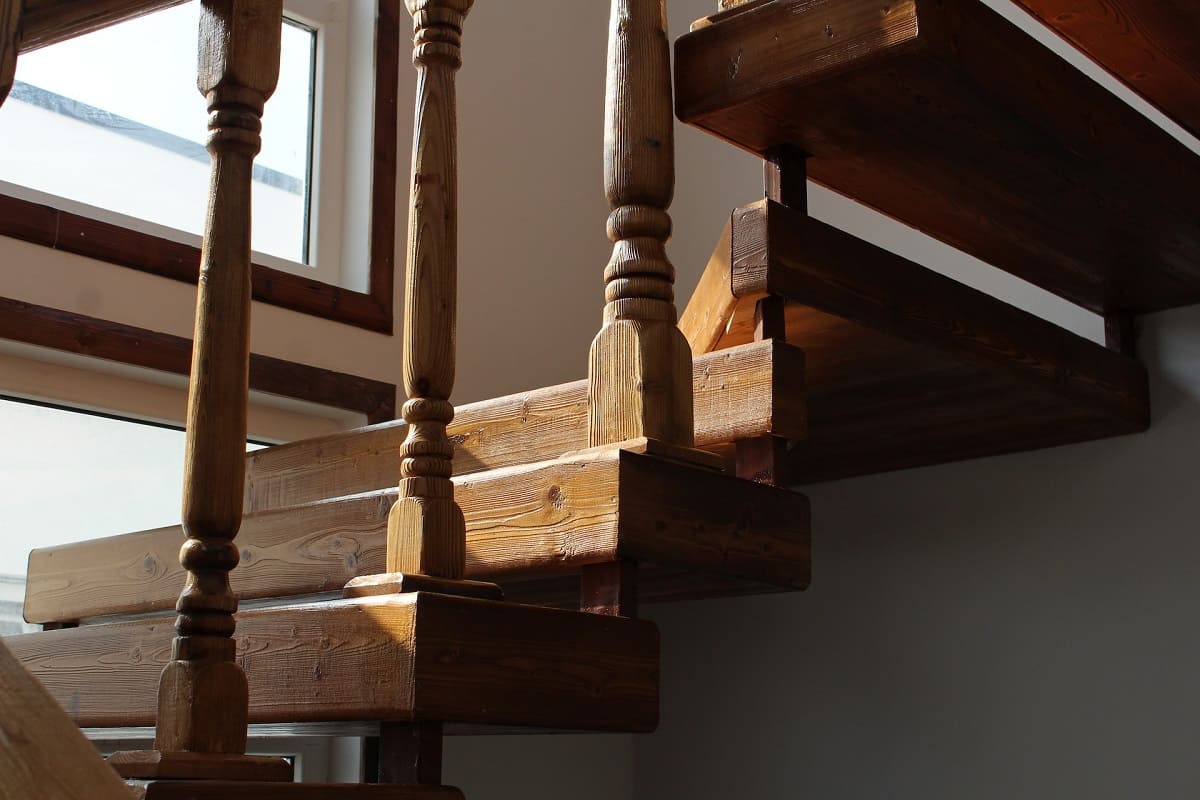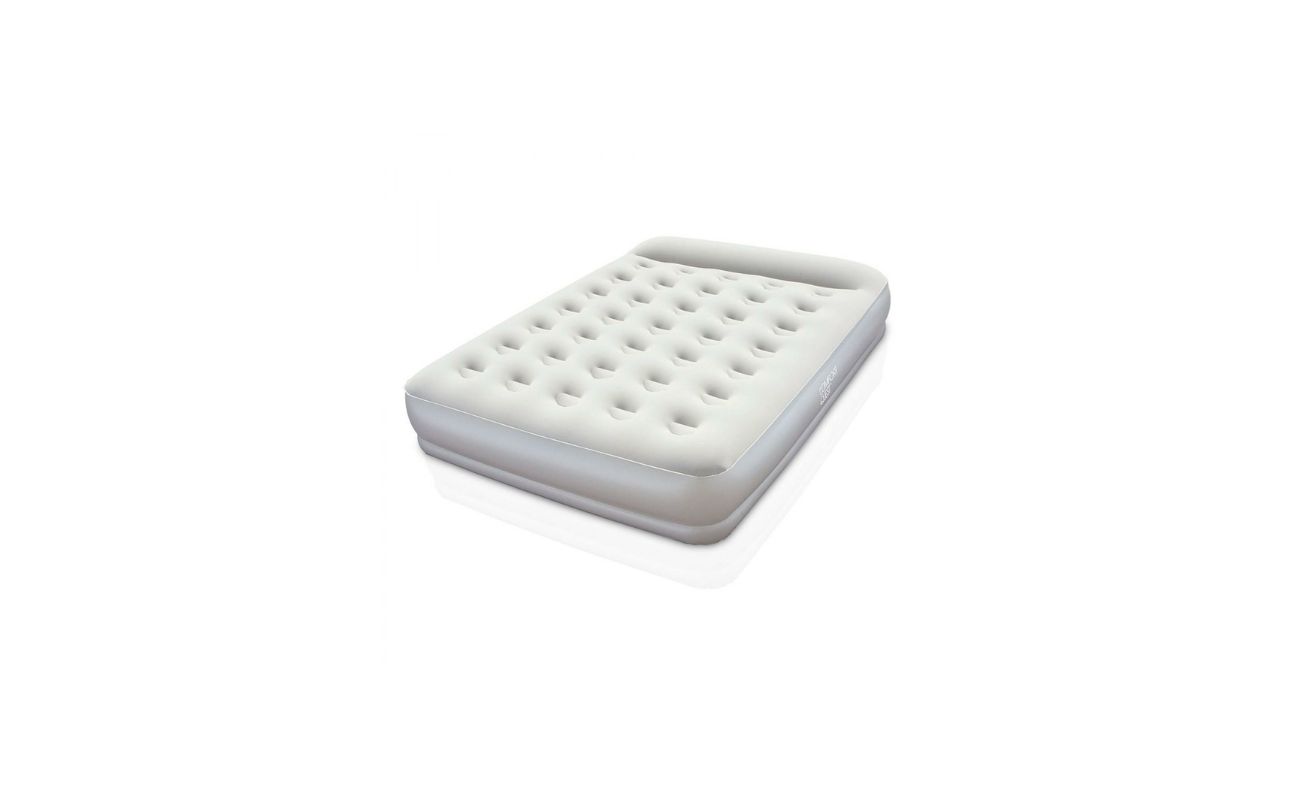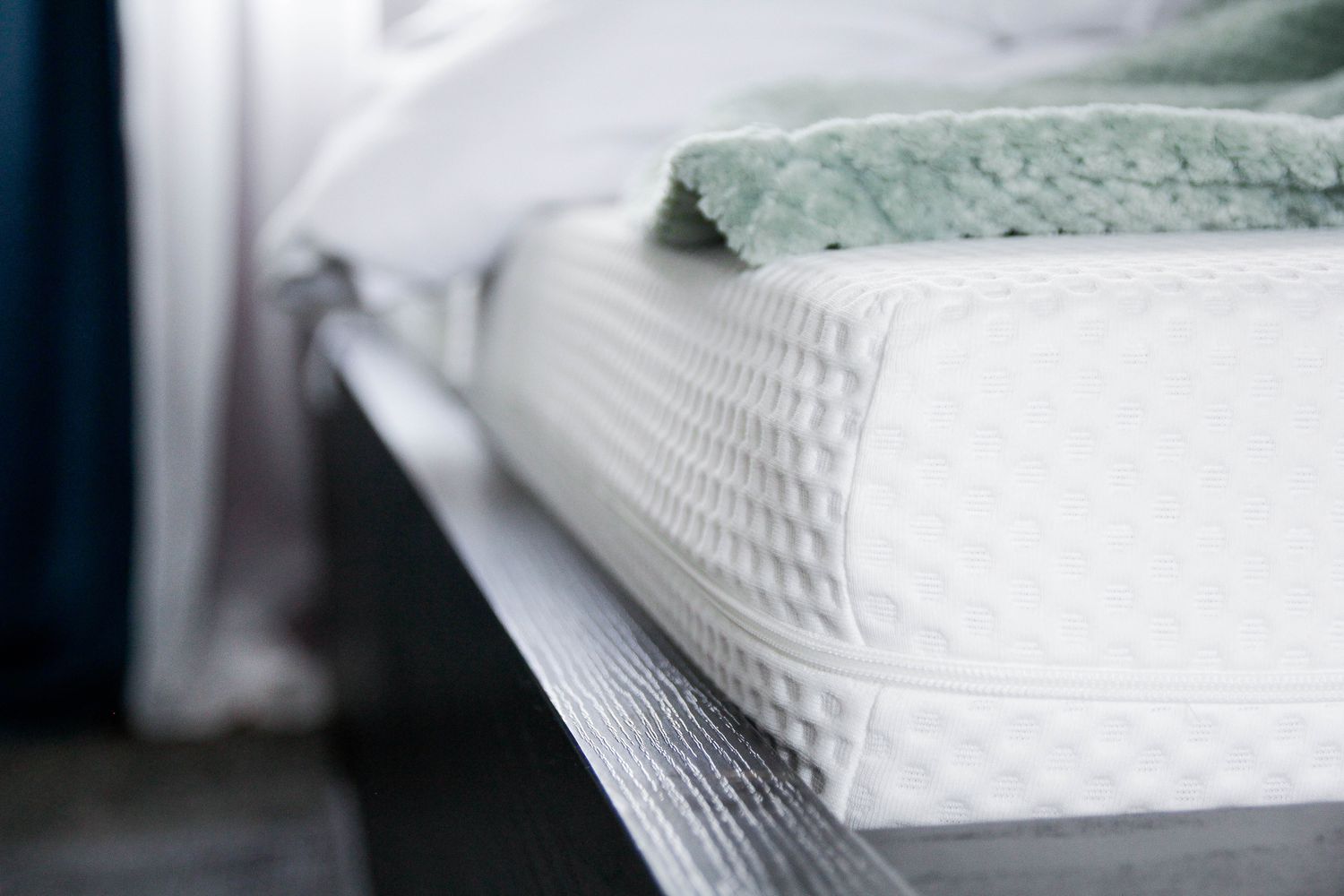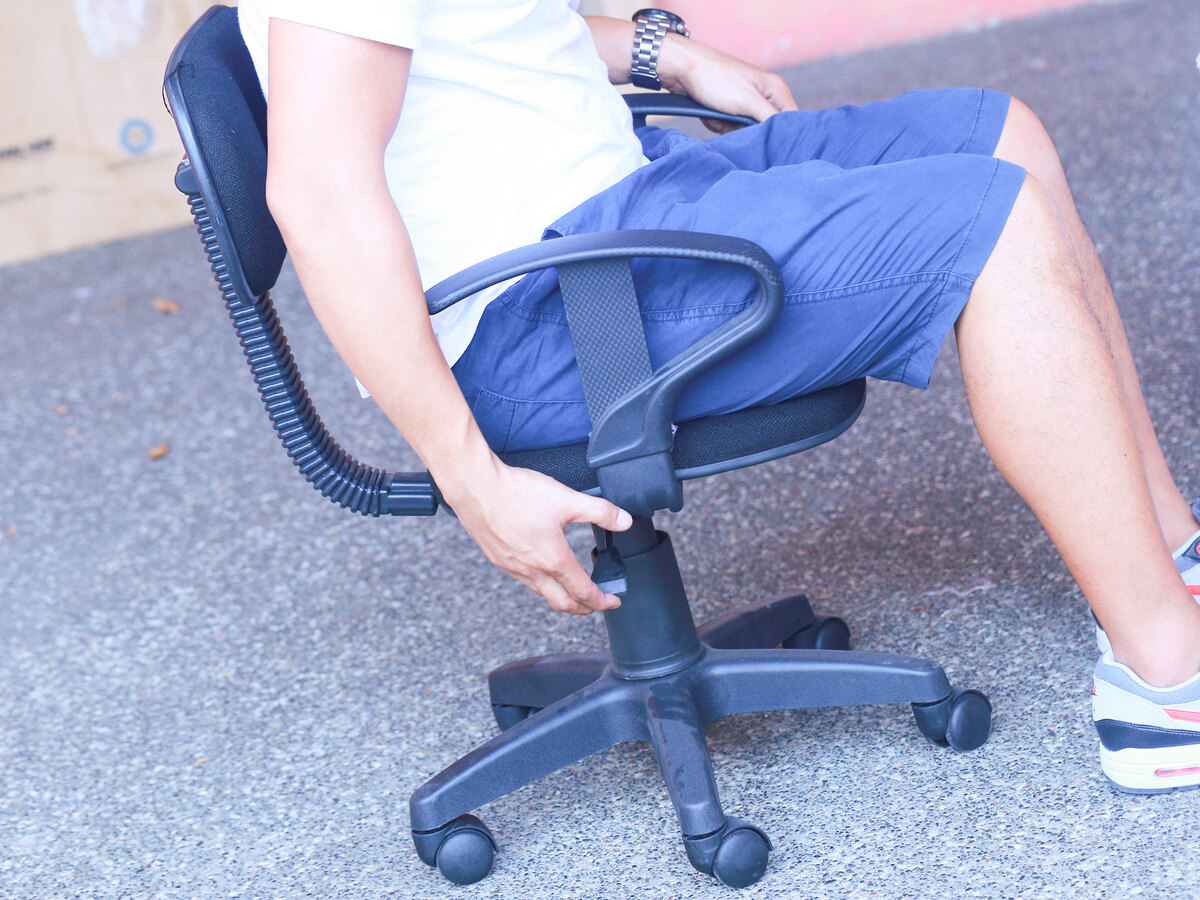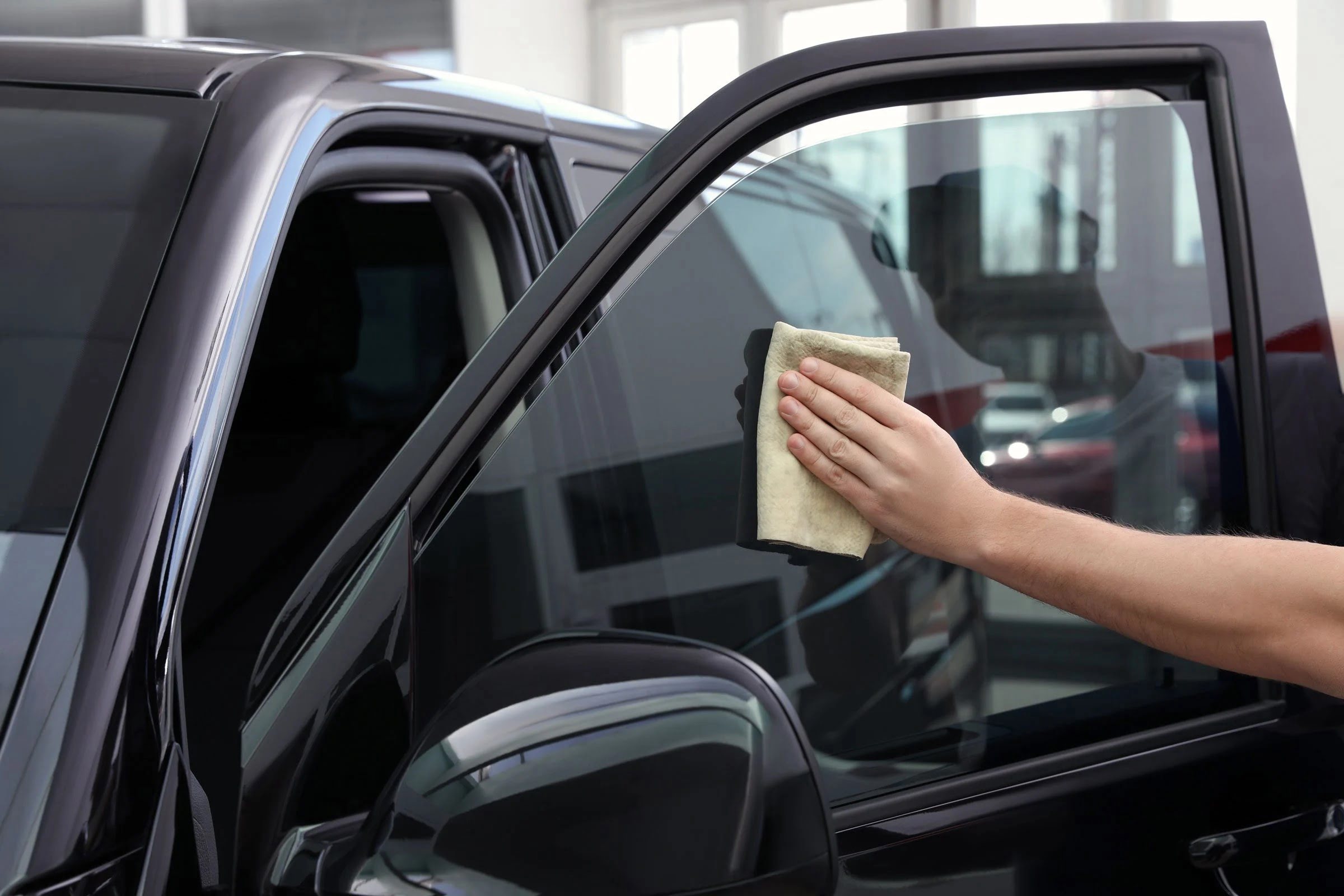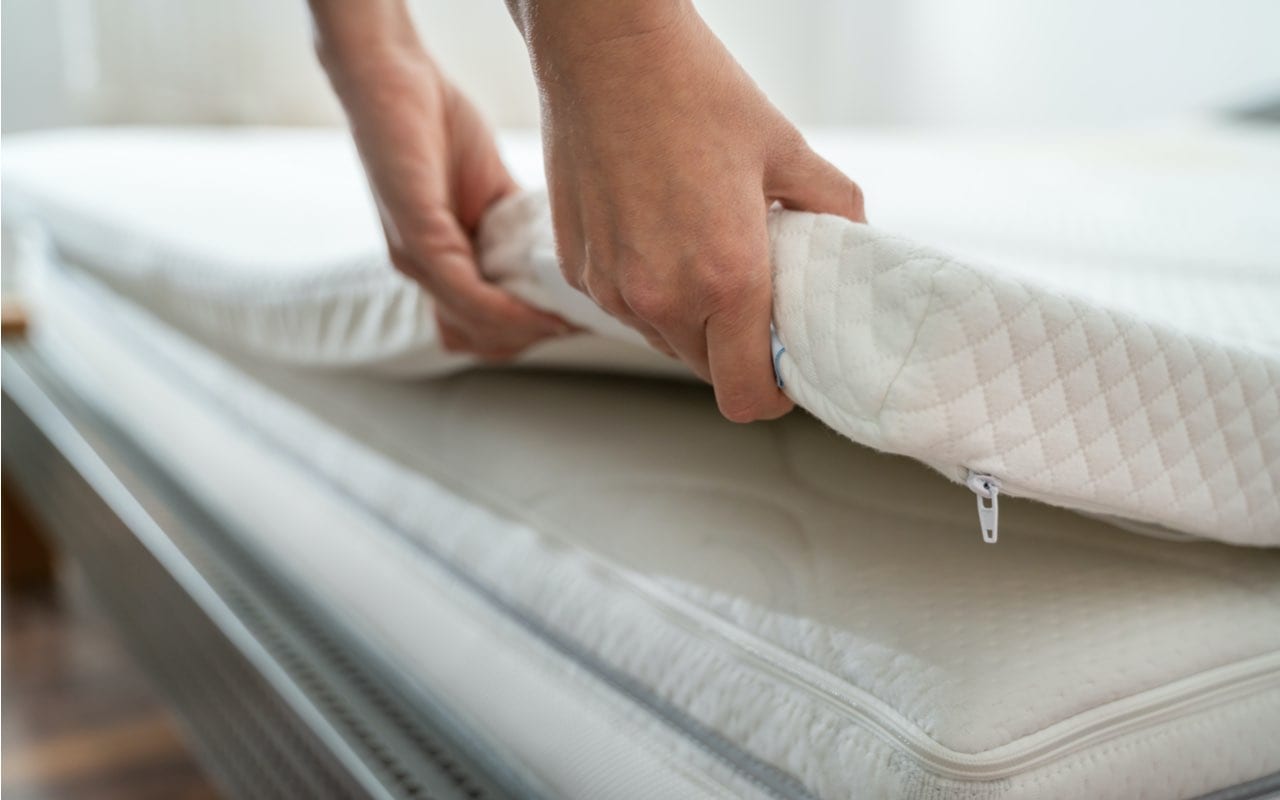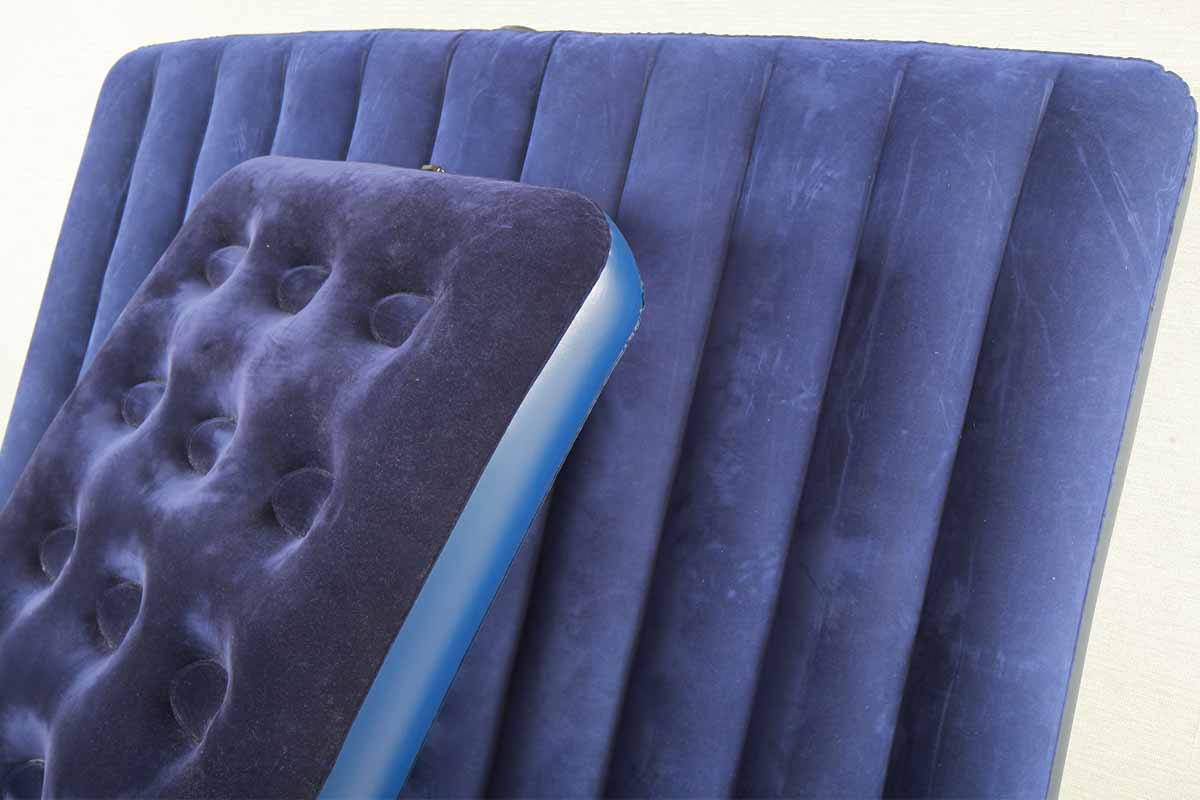Home>Furniture>Bedroom Furniture>How To Fix A Squeaky Mattress
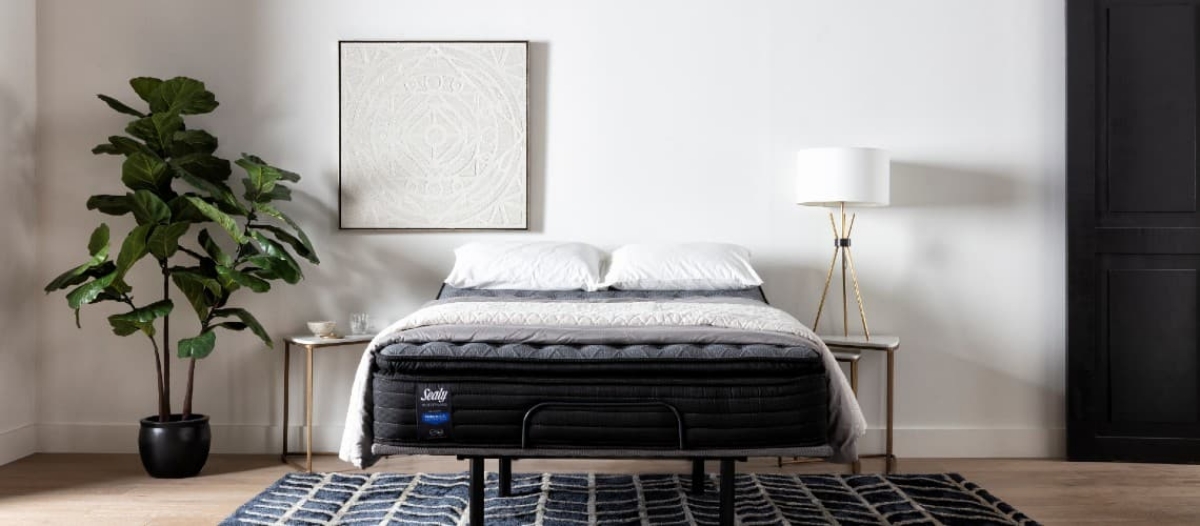

Bedroom Furniture
How To Fix A Squeaky Mattress
Modified: January 4, 2024
Learn how to fix a squeaky mattress with our easy step-by-step guide. Get rid of annoying noises and enjoy peaceful sleep in your bedroom.
(Many of the links in this article redirect to a specific reviewed product. Your purchase of these products through affiliate links helps to generate commission for Storables.com, at no extra cost. Learn more)
Introduction:
Welcome to the ultimate guide on how to fix a squeaky mattress! If you’ve ever experienced the annoyance of lying down on your bed only to be met with creaking and squeaking sounds, then you know just how disruptive it can be to a peaceful night’s sleep.
A squeaky mattress can be caused by various factors, such as loose screws, worn-out springs, or friction between the mattress and the bed frame. Fortunately, there are several techniques you can employ to silence those unwelcome noises and restore tranquility to your sleeping space.
In this article, we’ll explore the primary causes of a squeaky mattress and provide you with step-by-step instructions on how to fix it. Whether you’re a DIY enthusiast or someone looking for simple solutions, you’ll find helpful tips to address this common issue.
Before we delve into the techniques, let’s first understand why mattresses squeak in the first place. This knowledge will help you identify the root cause of the problem and choose the most suitable fix.
Key Takeaways:
- Say goodbye to squeaky nights! Tighten loose screws, lubricate springs, and use padding to silence your mattress. Enjoy peaceful, uninterrupted sleep with these DIY techniques.
- Don’t let a squeaky mattress disrupt your sleep. From tightening screws to using talcum powder, these simple fixes will restore tranquility to your bedroom.
Read more: How To Fix A Squeaky Door
Causes of a Squeaky Mattress:
A squeaky mattress can be a frustrating nuisance, but understanding the root causes of the problem is crucial in finding an effective solution. Here are some common reasons why your mattress may be squeaking:
- Loose screws or bolts: Over time, the screws and bolts that hold your bed frame together can become loose due to movement and regular use. This can result in squeaking noises as the frame shifts and rubs against the fasteners.
- Worn-out springs: Mattresses with coil springs can develop squeaks as the springs lose their resilience and begin to sag. The friction between worn-out springs can cause irritating noises when pressure is applied to the mattress.
- Friction between the mattress and frame: If your mattress is not properly aligned or fits loosely on the bed frame, it can rub against the frame and produce squeaks. This commonly occurs with metal frames or wooden slats that lack sufficient padding or spacing.
- Moisture or humidity: Excessive moisture or humidity in the room can affect the integrity of the mattress, causing the components to swell or warp. This can lead to squeaking sounds as the materials rub against each other.
- Poor mattress quality: In some cases, a squeaky mattress may simply be a result of poor craftsmanship or low-quality materials. Cheaper mattresses are more likely to develop noise-related issues due to subpar construction.
Identifying the specific cause of the squeaking will help you determine the most appropriate solution. In the next section, we will guide you through the essential steps to prepare yourself for fixing a squeaky mattress.
Preparing to Fix a Squeaky Mattress:
Before you embark on fixing a squeaky mattress, it’s important to gather the necessary tools and prepare the space. Here are some essential steps to take in order to ensure a smooth and efficient repair process:
- Clear the bed: Start by removing all sheets, blankets, and pillows from the mattress. This will give you a clear workspace and allow you to access the problem areas easily.
- Inspect the mattress and frame: Take a close look at your mattress and bed frame to identify any visible signs of damage or wear. Look for loose screws, broken slats, or sagging springs that may be contributing to the squeaking.
- Gather the necessary tools: Depending on the techniques you plan to try, you may need tools such as a screwdriver, lubricant, rubber mat, talcum powder, or foam inserts. Make sure you have these items readily available before you begin.
- Allocate ample time: Fixing a squeaky mattress may require some patience and time, especially if you’re trying multiple techniques. Block off a few hours to allow yourself the freedom to explore and implement the various solutions.
- Protect your floors: It’s a good idea to lay down a protective covering, such as a drop cloth or old sheet, to prevent any accidental damage or scratches to your floors during the repair process.
- Follow safety precautions: If you are dealing with a heavy mattress or using tools, always prioritize safety. Lift with your legs and not your back, and make sure you have a clear and stable working space.
Once you’ve completed these preliminary steps, you’ll be ready to tackle the squeaks and restore your mattress to its peaceful state. In the next sections, we’ll explore some common techniques that can help fix a squeaky mattress.
Common Techniques to Fix a Squeaky Mattress:
Now that you’ve prepared yourself and your workspace, it’s time to dive into the techniques that can help fix a squeaky mattress. These methods are simple and effective, and you can try them in any order depending on the specific cause of the squeaking. Let’s explore each technique:
- Technique 1: Tightening loose screws and bolts: Grab a screwdriver and inspect your bed frame for any loose screws or bolts. Tighten them securely to reduce movement and eliminate squeaking caused by friction between the frame and fasteners.
- Technique 2: Lubricating noisy mattress springs: Apply a lubricant, such as silicone spray or WD-40, to the noisy springs. This helps reduce friction and quietens the squeaking sounds. Be sure to choose a lubricant that is safe for use on mattresses.
- Technique 3: Placing a rubber mat between the mattress and frame: Cut a rubber mat or use a pre-cut rubber grip pad to create a barrier between the mattress and bed frame. This extra cushioning helps absorb movement and prevents rubbing, therefore reducing squeaks.
- Technique 4: Applying talcum powder to reduce friction: Sprinkle talcum powder or cornstarch between the mattress and the bed frame. This acts as a lubricant, reducing friction and minimizing noise caused by the mattress rubbing against the frame.
- Technique 5: Using padding or foam inserts for support: If sagging springs or worn-out support systems are the culprits, consider adding padding or foam inserts between the mattress and the frame. This extra support can alleviate pressure points and eliminate squeaks.
Remember to test the effectiveness of each technique after implementation. It may take some trial and error to find the right solution for your particular mattress. Don’t be discouraged if the squeaking persists; simply move on to the next technique until you find success.
By utilizing these techniques, you can banish those annoying squeaks and restore your mattress to its quiet, restful state. In the following section, we’ll wrap up the discussion and offer some final thoughts on fixing a squeaky mattress.
Technique 1: Tightening Loose Screws and Bolts
One of the most common causes of a squeaky mattress is loose screws and bolts in the bed frame. Over time, these fasteners can become loose due to regular use and movement, resulting in annoying creaking noises. Fortunately, tightening loose screws and bolts is a relatively simple and effective solution. Here’s how to do it:
- Start by removing all bedding and accessories from the mattress to create a clear workspace.
- Inspect the bed frame closely to locate any screws and bolts that may be loose. Common areas to check include the corners, center support beams, and cross braces.
- Using a screwdriver or a wrench, tighten each loose screw and bolt, making sure they are snug but not over-tightened. Be cautious not to strip the screws or cause damage to the frame.
- Once all the fasteners are tightened, test the mattress to see if the squeaking has stopped. Apply pressure to different areas of the mattress to check for any remaining noise.
- If the squeaking persists, double-check for any missed screws or bolts that may still be loose. Sometimes, a thorough inspection and re-tightening are necessary to completely eliminate the noise.
By ensuring that all screws and bolts are secure, you minimize the movement and rubbing that can cause the squeaking. This technique is particularly effective for metal bed frames, but it can also work for wooden frames with metal supports. Remember to periodically check and tighten the screws and bolts to prevent future squeaking.
Now that you’ve successfully tightened the loose screws and bolts, it’s time to move on to the next technique to address any remaining squeaking. Don’t worry if the noise persists; there are still effective solutions to try. Keep reading to learn about lubricating noisy mattress springs.
To fix a squeaky mattress, try tightening the screws and bolts on the bed frame. If that doesn’t work, place a piece of cardboard or felt between the mattress and the bed frame to reduce friction.
Read more: How To Fix Squeaky Floors
Technique 2: Lubricating Noisy Mattress Springs
If the squeaking in your mattress is caused by worn-out or noisy springs, lubrication can help minimize friction and eliminate the annoying sounds. Lubricating the mattress springs is a relatively simple and effective technique that can restore peace and quiet to your sleeping space. Follow these steps to apply lubricant to the springs:
- Remove all bedding and accessories from the mattress so you have full access to the springs.
- Identify the specific springs that are causing the squeaking. Press down on various areas of the mattress to pinpoint the exact locations where the noise is coming from.
- Choose an appropriate lubricant for your mattress springs. Silicone spray or WD-40 are commonly used lubricants for this purpose. Make sure to read the product instructions and ensure it is safe for use on mattresses.
- Apply a small amount of the lubricant onto each squeaky spring. Aim for the areas where the coils rub against each other or against the mattress frame.
- Gently compress and release the mattress in the areas where you applied the lubricant to help distribute it evenly across the springs.
- Allow the lubricant to dry completely before replacing the bedding and using the mattress. This ensures that the lubricant doesn’t transfer onto your sheets and covers.
After applying the lubricant, test the mattress by applying pressure to the previously squeaky areas. The lubricant should reduce friction and eliminate the squeaking noises. If you still notice squeaks, try applying a bit more lubricant or consider moving on to another technique.
Remember that lubricating the mattress springs is a temporary fix and may need to be repeated periodically to maintain its effectiveness. However, it can significantly extend the lifespan of the mattress and provide you with many more restful nights of sleep.
Now that you’ve successfully lubricated the mattress springs, let’s explore technique 3: placing a rubber mat between the mattress and frame. This method can help cushion the mattress and reduce noise caused by friction. Keep reading to learn how to accomplish this technique.
Technique 3: Placing a Rubber Mat Between the Mattress and Frame
If your mattress squeaks due to friction between the mattress and the bed frame, placing a rubber mat or grip pad between them can provide cushioning and reduce the noise. This technique creates a barrier that absorbs movement and prevents the mattress from rubbing against the frame. Follow these steps to effectively use a rubber mat:
- Remove all bedding and accessories from the mattress to access the area where the mattress meets the frame.
- Measure the width and length of the mattress to determine the size of the rubber mat you need. If necessary, you can trim a larger mat to fit your mattress dimensions.
- Purchase a rubber mat or grip pad from a home improvement or furniture store. Look for one that is thick enough to provide adequate cushioning and has a textured surface to prevent slipping.
- Place the rubber mat on top of the bed frame, aligning it with the edges of the mattress. Ensure that it covers a significant portion of the frame surface where the mattress rests. The grip pad should be positioned between the mattress and the frame.
- Reposition the mattress onto the rubber mat, making sure it rests securely on the frame. Adjust the mat if needed to ensure a snug fit.
- Replace the bedding and accessories onto the mattress, ensuring everything is neatly arranged.
Once the rubber mat is in place, test the mattress by applying pressure and moving around on the bed. The mat should act as a buffer, minimizing the friction and eliminating the squeaks. If you still notice any noise, consider adding additional cushioning or moving on to another technique.
Using a rubber mat is a cost-effective and straightforward solution to reduce friction and prevent squeaking. It’s particularly effective for metal bed frames, but can also be used with wooden frames that lack sufficient padding or spacing.
Now that you’ve implemented technique 3, you are one step closer to saying goodbye to that annoying squeaky mattress. In the next section, we’ll explore technique 4: applying talcum powder to reduce friction. This method helps to absorb moisture and minimize the rubbing between the mattress and frame. Let’s dive in!
Technique 4: Applying Talcum Powder to Reduce Friction
If your mattress squeaks due to friction between the mattress and the bed frame, applying talcum powder can help reduce the rubbing and eliminate the noise. Talcum powder acts as a lubricant, reducing the friction between the mattress and the frame. Follow these steps to effectively apply talcum powder:
- Remove all bedding and accessories from the mattress to have a clear working area.
- Thoroughly clean the surface of the bed frame and the bottom of the mattress. Remove any dirt, dust, or debris that may interfere with the application of the talcum powder.
- Take a small amount of talcum powder in your hand or use a powder puff to apply it evenly on the surface of the bed frame where the mattress rests. Concentrate on the areas where squeaking is most pronounced.
- Using your hands, gently rub the talcum powder into the surface of the bed frame, ensuring it is distributed evenly. This helps the powder penetrate any tight spaces and minimizes friction.
- Shake or lightly tap the mattress to dislodge any excess talcum powder that may have settled onto it. You want to avoid creating a mess when you place the mattress back on the frame.
- Carefully position the mattress back onto the bed frame, ensuring it aligns properly and rests securely.
- Replace the bedding and accessories onto the mattress, ensuring everything is neatly arranged.
Once the talcum powder is applied and the mattress is back in place, test it by applying pressure and moving around on the bed. The talcum powder acts as a lubricant, reducing friction and eliminating the squeaking noises. If you still notice any noise, consider reapplying the talcum powder or moving on to another technique.
Applying talcum powder is an easy and affordable solution to reduce friction and silence a squeaky mattress. It’s important to note that talcum powder may wear off over time, so periodic reapplication may be necessary to maintain its effectiveness.
Now that you’ve successfully used talcum powder to reduce friction, let’s explore technique 5: using padding or foam inserts for added support. This technique can help alleviate pressure points and provide extra stability to eliminate squeaks. Let’s dive in!
Technique 5: Using Padding or Foam Inserts for Support
If your mattress squeaks due to sagging springs or worn-out support systems, using padding or foam inserts can provide the extra support needed to alleviate pressure points and eliminate squeaks. This technique is particularly effective for older mattresses that may have lost their firmness. Here’s how you can use padding or foam inserts:
- Start by removing all bedding and accessories from the mattress to have a clear workspace.
- Assess the areas of your mattress that are sagging or lacking support. These areas may be causing the squeaking noise.
- Purchase foam inserts or padding specifically designed to provide additional support. These can typically be found at bedding or mattress stores.
- Place the foam inserts or padding in the areas where the mattress lacks support. This can be between the mattress and the bed frame or inserted directly into the mattress if possible.
- Ensure that the foam inserts or padding are securely positioned and provide the necessary support to lift and stabilize the sagging areas of the mattress.
- Once the inserts or padding are in place, test the mattress by applying pressure and moving around on the bed. The added support should reduce the pressure on the springs and eliminate the squeaking noises.
- Replace the bedding and accessories onto the mattress, ensuring everything is neatly arranged.
Using padding or foam inserts is a great long-term solution for addressing squeaking caused by sagging or worn-out support systems. It can extend the life of your mattress and provide you with a more comfortable and peaceful sleep.
However, if the squeaking persists even after using padding or foam inserts, it may be time to consider investing in a new mattress. A worn-out mattress may have extensive damage that cannot be easily repaired. A new mattress will not only provide better support but also eliminate the squeaking noises for a more restful sleep experience.
With these techniques at your disposal, you now have the knowledge and tools to successfully fix a squeaky mattress. Remember, it may take some trial and error to find the most effective solution for your specific situation. Don’t hesitate to try multiple techniques or combinations thereof until you achieve the desired results.
We hope this guide has been helpful in your quest for a silent and comfortable sleeping space. Say goodbye to those annoying squeaks and hello to peaceful nights of uninterrupted slumber!
Read more: How To Fix Squeaky Carpeted Stairs
Conclusion:
A squeaky mattress can be a major annoyance, disrupting your sleep and overall comfort. Fortunately, there are several techniques you can use to fix a squeaky mattress and restore tranquility to your bedroom. By addressing the specific causes of squeaking, you can eliminate the annoying noises and enjoy a peaceful night’s sleep.
In this comprehensive guide, we explored the common causes of a squeaky mattress, such as loose screws, worn-out springs, friction between the mattress and the bed frame, moisture, and poor mattress quality. We also walked through a series of techniques to fix a squeaky mattress, including tightening loose screws and bolts, lubricating mattress springs, placing a rubber mat between the mattress and frame, applying talcum powder to reduce friction, and using padding or foam inserts for added support.
Remember, fixing a squeaky mattress may require some trial and error, as the effectiveness of each technique may vary depending on the specific problem with your mattress. It’s important to assess the source of the squeaking and choose the appropriate technique to address it.
Whether you prefer DIY solutions or seek professional assistance, these techniques offer a range of options to eliminate the squeaking and restore the quiet comfort of your mattress. With a little bit of effort, you can say goodbye to those irritating squeaks and enjoy a restful night’s sleep on a silent and comfortable mattress.
If all else fails and the squeaking persists despite your best efforts, it may be time to consider investing in a new mattress. A high-quality mattress with proper support can provide long-term comfort and eliminate any squeaking issues.
We hope this guide has been helpful in your journey to fix a squeaky mattress. Remember to prioritize your sleep environment and address any issues promptly to ensure a peaceful and uninterrupted night’s rest. Here’s to peaceful nights and revitalized mornings!
Frequently Asked Questions about How To Fix A Squeaky Mattress
Was this page helpful?
At Storables.com, we guarantee accurate and reliable information. Our content, validated by Expert Board Contributors, is crafted following stringent Editorial Policies. We're committed to providing you with well-researched, expert-backed insights for all your informational needs.
